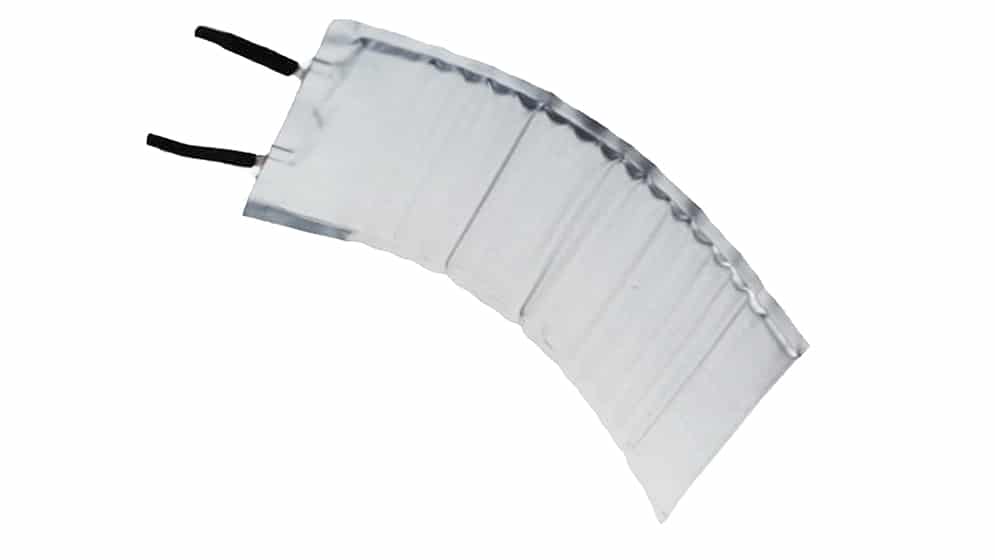- Curved Lithium Polymer battery
- Fast Charge Polymer Battery
- Flexible Polymer Lithium Battery
- Ultra-thin Polymer Battery
/ Blog / Battery Knowledge /
Flexible lithium battery
14 Feb, 2022
By hoppt

What is a flexible lithium battery? A battery that lasts longer than traditional batteries due to its durability. This article will explain how it works and what products it would be useful in.
A flexible lithium battery is a battery made out of flexible materials that are more durable than traditional lithium batteries. One example would be graphene-coated silicon, which is used in the electronic plants of many AMAT companies.
These batteries are can bend and stretch up to 400%. They also operate under extreme temperatures (-20 C - +85 C) and can handle dozens of recharges. The image below shows how one company makes their own flexible lithium battery.
Due to the flexible nature, they are perfect for wearables, like smart watches. The technology will not be created in products that can take too much damage, like phones or tablets. However, since it is more durable than traditional lithium batteries these devices will last longer on one charge.
Flexible lithium batteries are also great for medical devices because of their pliability and durability.
Pros
- Flexible
- Durable
- Long-lasting charge
- High energy density
- Can handle extreme temperatures
- Good for wearables like smart watches and medical devices (pacemakers)
- Environmentally friendly: can be fully recycled
- More powerful than traditional batteries with the same amount of storage space
- Increased safety due to their damage-resistant design
- Can make use of power generators, like wind turbines, in more ways because they are lightweight and last longer
- No changes need to be made to manufacturing plants when they switch over to the flexible batteries
- They don't explode if punctured or manipulated incorrectly
- Emission levels remain low
- Better for the environment
- Can be recycled to make new batteries.
cons
- Expensive
- Limited recharges
- Only available to a small amount of companies who can afford the technology
- Issues with manufacturing reliability and inconsistency in quality
- Initial slowness in charging time compared with traditional batteries
- Not rechargeable enough: 15-30% loss in capacity after about 80-100 cycles, meaning they need to be replaced more often than traditional batteries
- Inadequate for applications that demand high levels of power from a battery source for long periods of time
- Cannot charge or discharge quickly
- Cannot hold as much energy as conventional lithium ion cells
- They don't work well when exposed to water
- Can pose a safety risk if ruptured
- Have a short shelf life
- No in-device safety mechanisms to prevent abuse
- Cannot be used in devices that require a lot of power for long periods of time
- Not in large-scale use yet.
conclusion
Overall, the flexible lithium battery is a huge improvement on traditional batteries due to its durability and flexibility. However, it still needs development before it can be used in products that benefit from a long-lasting charge. This is because the voltage and recharging speed could be improved to meet consumer demands. Aside from that, it is a flexible and durable battery that could greatly improve our lifestyle.
Prev: Flexible lipo battery
Next: Flexible lipo battery



